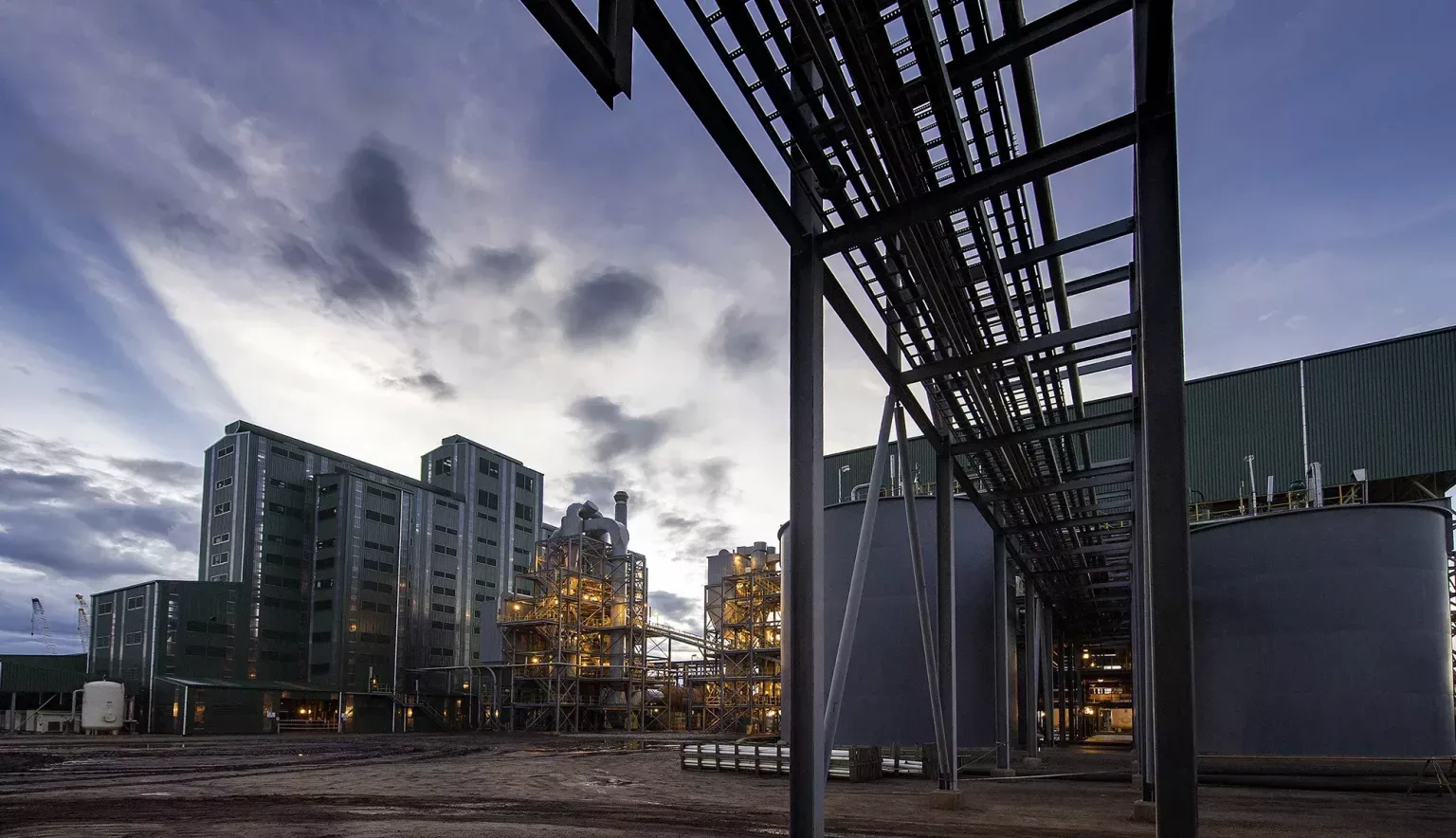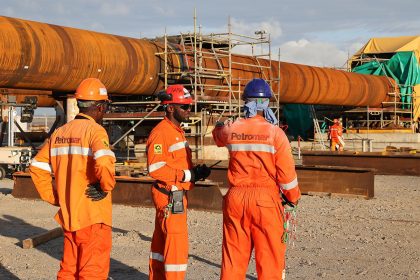After recently signing a major agreement with Tesla, we discuss providing quality natural graphite and accelerating the global EV industry with Syrah Resources Ltd.
INTRODUCTION
Electric mobilisation is sweeping the globe, heralding the dawn of the clean energy era. In recent years, the electric vehicle (EV) market has grown to become an industrial titan.
According to the Global EV Outlook 2022, worldwide sales of EVs doubled in 2021 compared to the previous year, reaching a new record of 6.6 million. In the same year, almost 10 percent of car sales across the globe were EVs. Already in 2022 alone, sales have continued to grow steadily, with a 75 percent increase recorded in the first quarter compared to the same period in 2021.
Officially labelled as a ‘critical mineral’, graphite is the lifeblood of the global development of EVs, as it is a key material used in the anode of lithium-ion batteries (LiBs) that power the electric mobility movement. Since there are no substitutes for graphite, as a result of the material’s unique properties, demand is expected to grow materially. As reported by the Northern Graphite Corporation, for every one million EVs produced, approximately 75,000 tonnes of natural graphite is required to meet the battery demand. By this calculation, the current global capacity that manufactures LiBs would need to double by 2025.
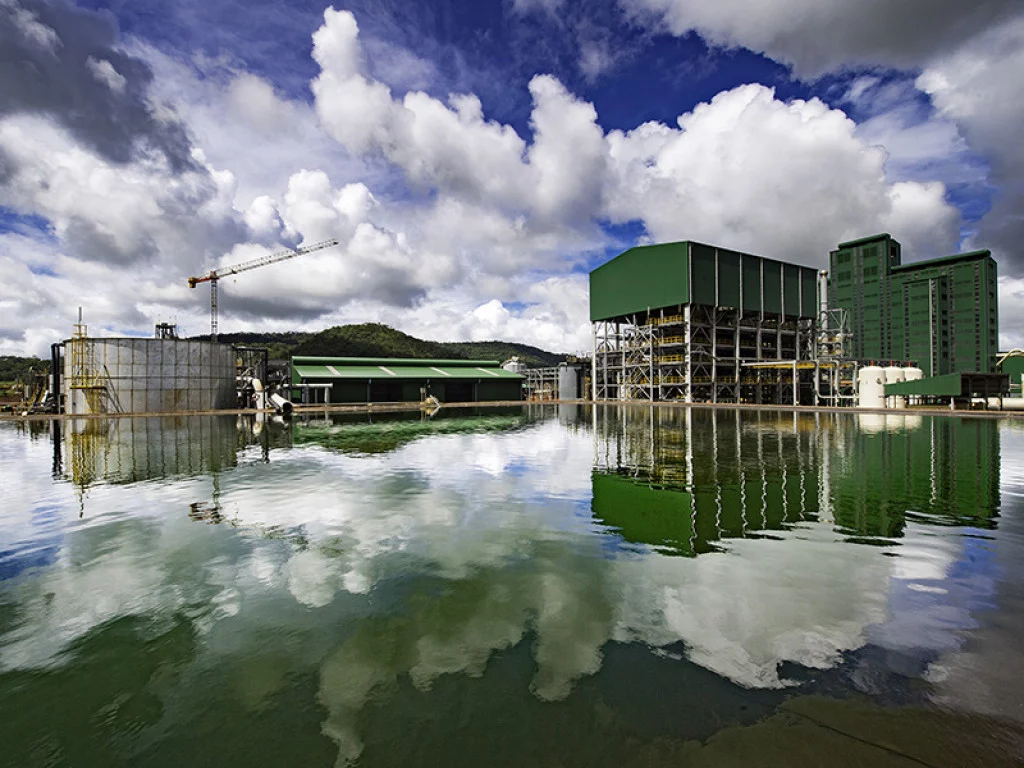
PUTTING MOZAMBIQUE ON THE MAP
To date, the EV and graphite market has been dominated by one major geography – China – as the location that hosts the majority of graphite supply. China is a highly advanced market in this field, so much so that the price gap between conventional ICE vehicles and EVs is relatively minimal thanks to lower development and manufacturing costs. But now, the scales are shifting.
Some 10,000 kilometres southwest of China, across the Indian Ocean, Mozambique is a nation blessed with rich mineral resources of graphite.
“In terms of our greatest differentiators, first of all, we’re not in China!” opens Agnaldo Laice, General Manager for Mozambique at Australian Securities Exchange Listed mining company – Syrah Resources Ltd (Syrah). Here, in the province of Cabo Delgado, you will find Syrah’s Balama graphite operation – one of the world’s largest integrated natural graphite mining and processing operations.
Syrah is well-positioned to benefit from the growth that is hotly anticipated for the coming year in terms of graphite production across the country. As reported by Intelligence Unit CLBrief, government estimations forecast that graphite production levels in Mozambique will increase by 128.6 percent in 2022 alone, to accommodate the dynamic market shift towards EVs.
Producing both coarse and fine natural graphite, the company’s product primarily finds application in EV batteries. Thanks to the natural properties of the Balama operation, with a 50+ year mine life and a high reserve grade of 16 percent total graphitic carbon, Syrah can be considered a long-term fixture in the exciting and dynamic growth of the EV industry.
“One of our key benchmarks in terms of expected growth in the graphite market is the growth that is expected in EVs,” Laice elaborates. “This is what the investors were counting on when our operation was set up.
“We have invested over US $300 million in processing plants and other infrastructure including logistics, so that we can mine and process the natural graphite, which is then bagged and loaded on trucks to be transported to a port.”
From here, Syrah’s graphite is shipped across the globe. The product is primarily destined for China, as Syrah’s biggest customer market, and the largest consumer of natural graphite globally.
“In 2019, a good proportion of our sales were to China, to the extent that China became a net importer of natural graphite because of our product.”
Elsewhere, Syrah exports to key markets including Europe, Japan, South Korea, India, and the US.
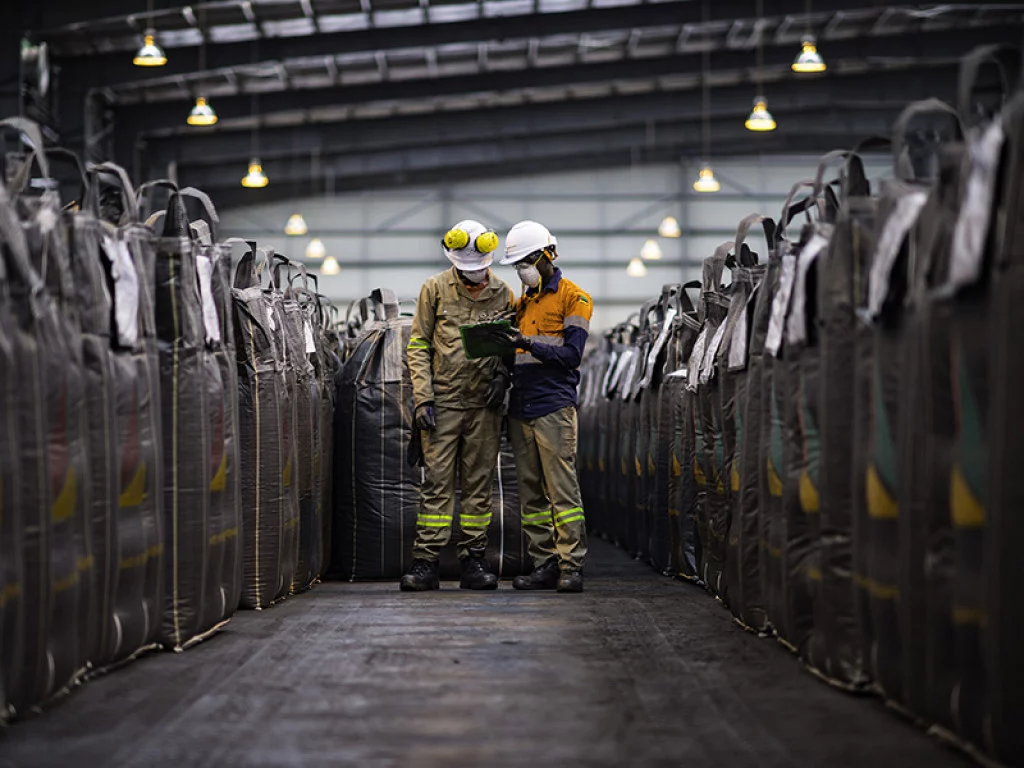
NEW FRONTIERS
At a defining stage of expansion, Syrah is in the process of developing a large-scale processing facility near the Mississippi River, Louisiana, US. This is a seminal stage in the company’s ambition to become the first major integrated ex-China producer of natural graphite Active Anode Material (AAM) that is ready to be used in batteries for EVs.
The expansion of the Vidalia AAM Facility is well underway, with construction ongoing as we speak, and the plant is scheduled to be commissioned in Q4 2023.
“This facility will be the first integrated and large-scale anode material facility outside China that will be able to supply US and European markets with AAM – which today, are 100 percent dependent on China in key parts of the supply chain,” Laice tells us.
Indeed, as of today, natural graphite-based battery anode materials in every single EV, either on the road or currently in production, have gone through a value-added process in China.
“Part of our strategy has always been to integrate the upstream operation with a downstream processing plant in the US to produce the AAM using 100 percent Balama natural graphite.”
It’s a timely move, with Reuters anticipating that total EV sales in the US will rise to 16 million in 2023, peaking at 17.5 million in 2024.
“Through integration with the downstream facility in the US, we will be the first vertically integrated operation outside China,” he shares proudly.
Crucially, this diversification of production outside China provides additional security in the supply of graphite from a critical mineral perspective.
“Integration between the operation at Balama and the expanded facility in the US will enable the diversification of the supply chain of AAM for EV batteries,” Laice surmises.
The concrete foundation of this major new development is an offtake agreement that Syrah has executed with American automotive and clean energy giant, Tesla.
“The agreement with Tesla is for 8,000 tonnes per year of the product from the facility in the US for four years. That is a significant portion of the 11,250-tonne annual production that the facility will be able to produce in initial expansion,” he explains.
Once Syrah Resources Ltd has successfully delivered on its commitments to Tesla, the company intends to explore the potential of commercial production, subject to the final qualification of the product.
“Through this integration with the downstream facility in the US, we will be the first large-scale, vertically integrated operation outside China”
Agnaldo Laice, General Manager – Institutional Relations & Corporate Services, Syrah Resources Ltd
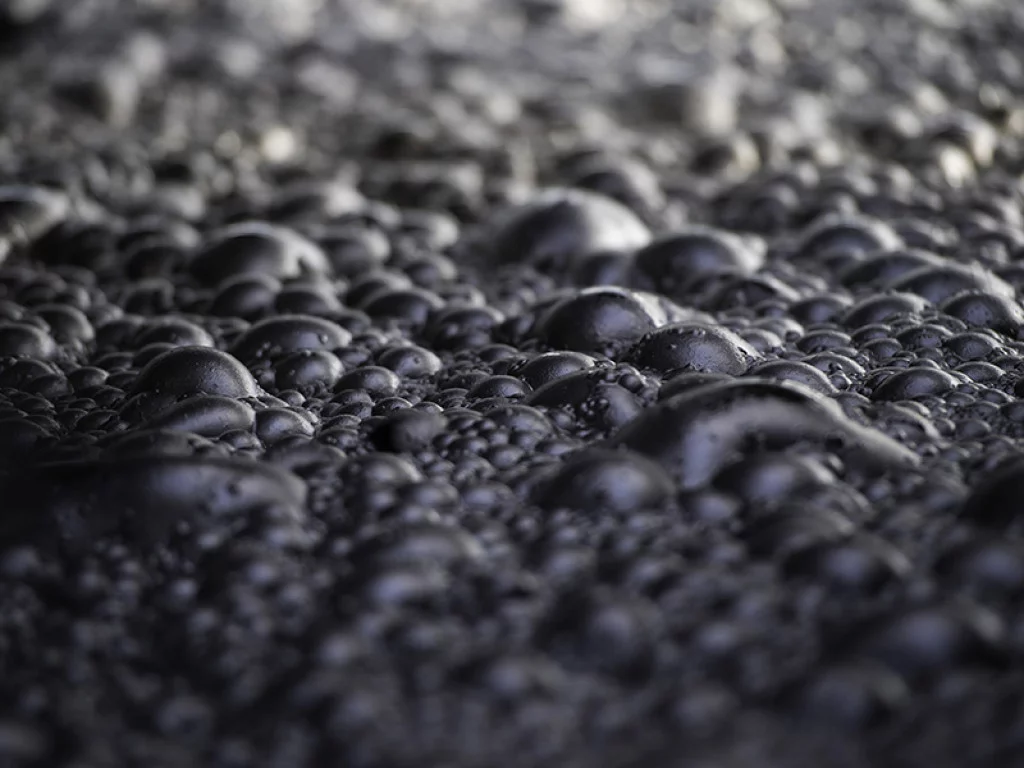
EMBRACING ESG
A major factor in the appeal of Syrah Resources Ltd to investors is the company’s laudable stance on environmental, social, and governance (ESG).
“We do have very strong ESG credentials that can be audited from source to end product – that has been one of the key differentiators.
“We are undertaking several audits and due diligence processes to provide assurance whilst meeting certain contractual obligations,” Laice comments.
Indeed, it was the company’s commitments in this field that first attracted Laice himself to Syrah roughly three years ago.
“Our focus on sustainability has been key, and is one of the main topics that motivated me to join the company. This is not only in terms of Syrah’s health and safety performance and environmental protection, but also the work it does with communities,” he shares.
A key component of Laice’s position is the work he fulfils as Chairperson of the Local Development Committee – a body which comprises local government and the eight villages surrounding the Balama operation.
“Every quarter, we meet to discuss the priorities of the local communities, where we need to invest, and what initiatives need to be developed to generate sustainable income for the community.”
This ESG thread is a major source of local pride, both for Laice, Syrah itself, and the many employees whose livelihoods rely on the company. It is yet another factor that differentiates Syrah from the major Chinese companies in the field, where carbon footprint credentials are less strictly upheld, and issues related to violation of human rights have been well-documented.
“We employ in Mozambique just over 1,100 employees, both direct and contractors. 97 percent are Mozambicans, of which half are from the province where our operations are located,” Laice explains.
“I myself am Mozambican born and bred.”
Having undertaken multiple positions in both logistics and transport across Africa, for large names such as DHL and Maersk, Laice was drawn back to Mozambique at a time of “economic revolution” that came with the gas discoveries found in his home country. The opportunity to return and contribute to the country’s economic prosperity was impossible to ignore.
“I have had the privilege of working in different jurisdictions across Africa, and as an expat there was always that thought of returning home and being able to contribute. I did that twice throughout my career; I came back because there was a lot of talk around the gas discoveries in Mozambique, and I wanted to be part of that economic revolution and contribute to build and further develop the country.
“Syrah Resources Ltd offered me the opportunity to come back. I wanted to work with them as a mining operation, but also mainly because of the community work that they are doing in Balama. I was impressed by the company’s commitment to community development and the social and economic impact that they have on the neighbouring villages. I knew it was a perfect fit for the next step in my career, having worked for large multinationals previously,” he recalls.
“We do have very strong ESG credentials that can be audited from source to end-product”
Agnaldo Laice, General Manager – Institutional Relations & Corporate Services, Syrah Resources Ltd
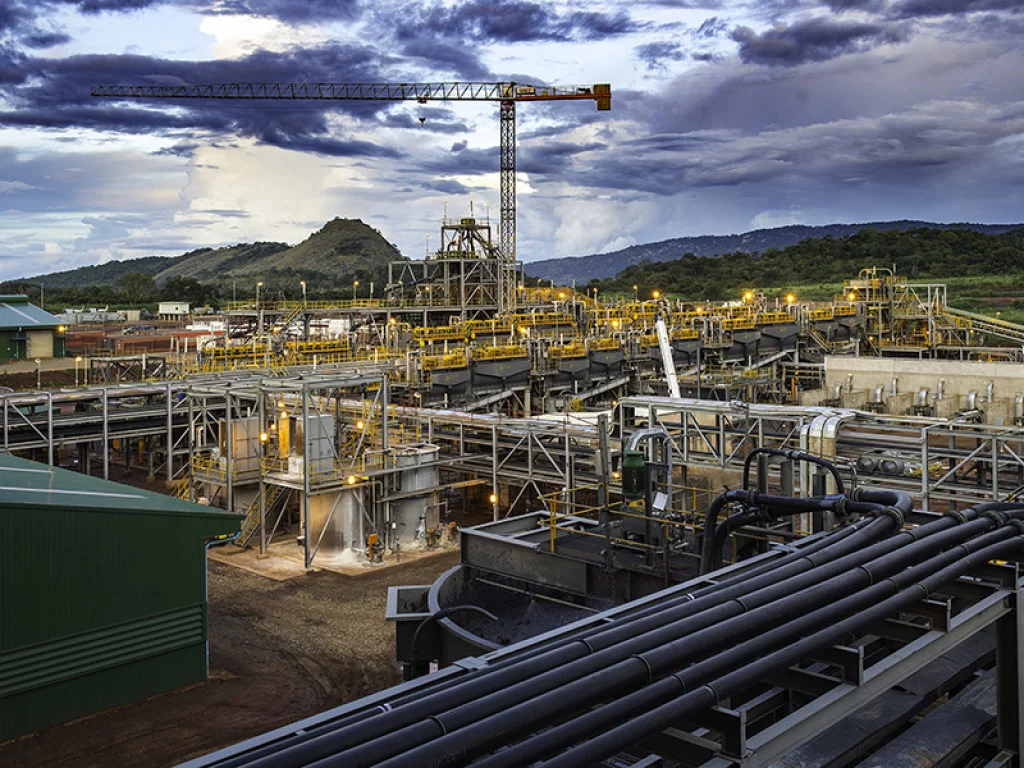
PRIORITISING PRODUCTION
By fulfilling a critical role as General Manager of Institutional Relations and Corporate Services, Laice and others ensure that the Balama site remains primarily concerned with the production of quality, high-grade graphite.
Looking ahead for Balama, this production remains top of the agenda, as the company emerges from the ashes of the COVID-19 pandemic.
“We want to further increase our production. Balama can produce to a full capacity of 350,000 tonnes of graphite a year. We haven’t been able to reach that in a few years, particularly since our operations were suspended during the COVID-19 pandemic,” Laice explains.
“We resumed production in March 2021 and embarked on ramping up production. So far it has been good, but there’s still a lot of opportunity to maximise the potential that Balama can produce.”
A short-term target for Syrah is to surpass 15,000 tonnes a month, which is Balama’s current average performance. But a major element behind this production drive is the complicated nature of the shipping sector at present, and the ability to ship the product in the first place.
“Shipping has to some extent limited our ability to produce. Since our production is demand-driven and dependent on Syrah delivering graphite to meet such demand, shipping has been a key limitation in terms of our ability to produce more.”
With access to containers and shipping vessels constraining Balama’s production capacity, Syrah Resources Ltd is currently exploring means to overcome this hurdle. For instance, the company has recently begun shipping using break-bulk vessels, and with trials so far proving successful, this represents another mode of shipping that will be used into the future.
Aside from this, Syrah has its hands full with an exciting future on American soil.
“Our short-term focus will be to progress with construction and the initial expansion at Vidalia. We have the Tesla contract to fulfil, and that’s what we are focusing on for our business now,” Laice surmises.
Pursuing these two strategic and complementary lines of growth for the years ahead, Syrah will continue to cement its position and prowess on the global stage of EV production, feeding the globe’s transition to a cleaner mode of transport.



